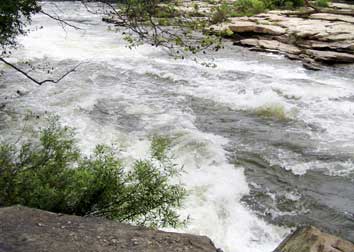 |
19th Century Art
Local nineteenth century artisans created Swank pottery and Soap Hollow furniture. Today both are highly collectible as folk art. At the same time, artists of the Scalp Level School, this region's counterpart to the Hudson River School, painted pastoral and wooded landscape scenes.
 |
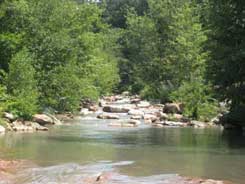 |
A Changing Environment
But the end of the nineteenth century, commercial-scale mining and logging brought industrialization and environmental degradation to the Stonycreek. More than 100 years later, streams once rendered lifeless by pollution are now being restored. Learn about the region's environmental and economic history.
 |
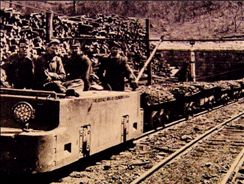 |
History
Delaware Indians named this river “Sinne-hanna.” General John Forbes’ men called this area the “Shades of Death” as they cut a road through here on their way to attack the French in 1758. Railroads opened this valley to coal mining and lumbering. Bethlehem Steel drew water for steelmaking here.
 |
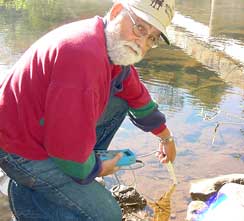 |
Ecology
The Stonycreek is a resurrected river! Considered dead just a generation ago from abandoned-mine drainage, this river now supports life throughout its 46-mile length. The 468 square-mile watershed, bordered by the Allegheny Front and Laurel Ridge, contains rolling farmland, active and reclaimed strip mines, woodlands, and classic former coal-mining communities.
 |
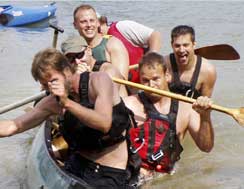 |
Recreation
With a growing reputation among paddlers and fly fishers, and the development of Quemahoning Lake as a family recreation area, The Stonycreek is becoming the place for mountain-style fun! Paddle or pedal, cast a fly or a plug, swim or picnic, enjoy a crowded festival or a solitary walk. The Stonycreek features outstanding recreational and leisure-time resources!
 |
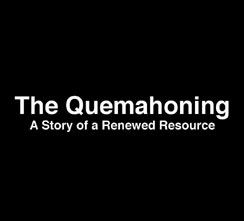 |
Video
The Quemahoning: The Story of a Renewed Resource,” a 15-minute video about the history and development of this outstanding public-recreation resource within The Stonycreek Corridor. (30mb)
 |


